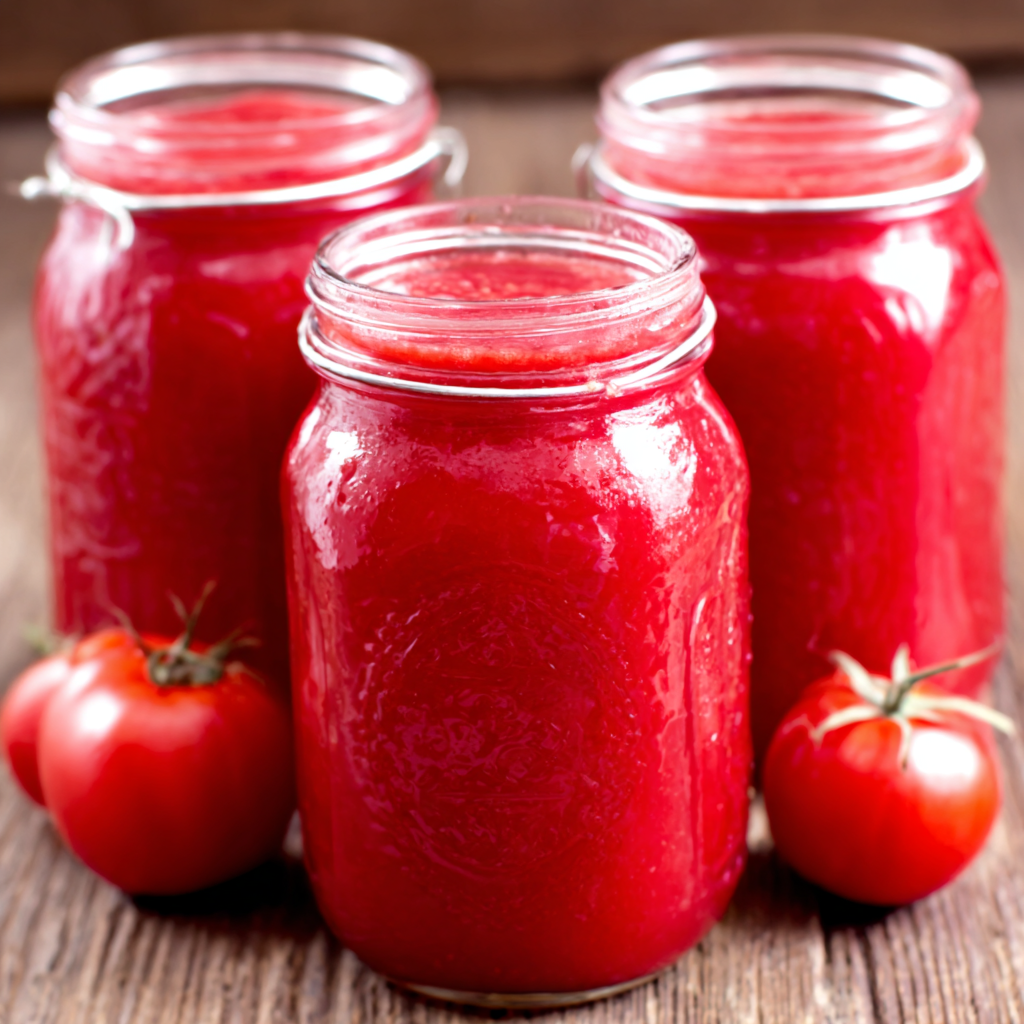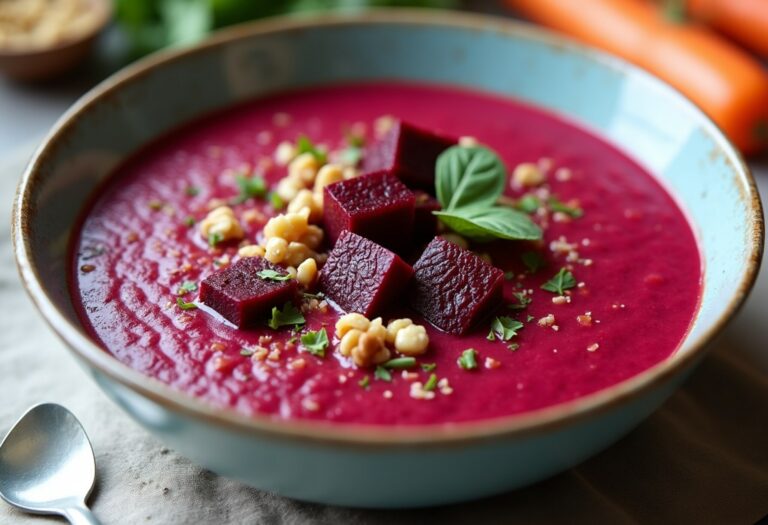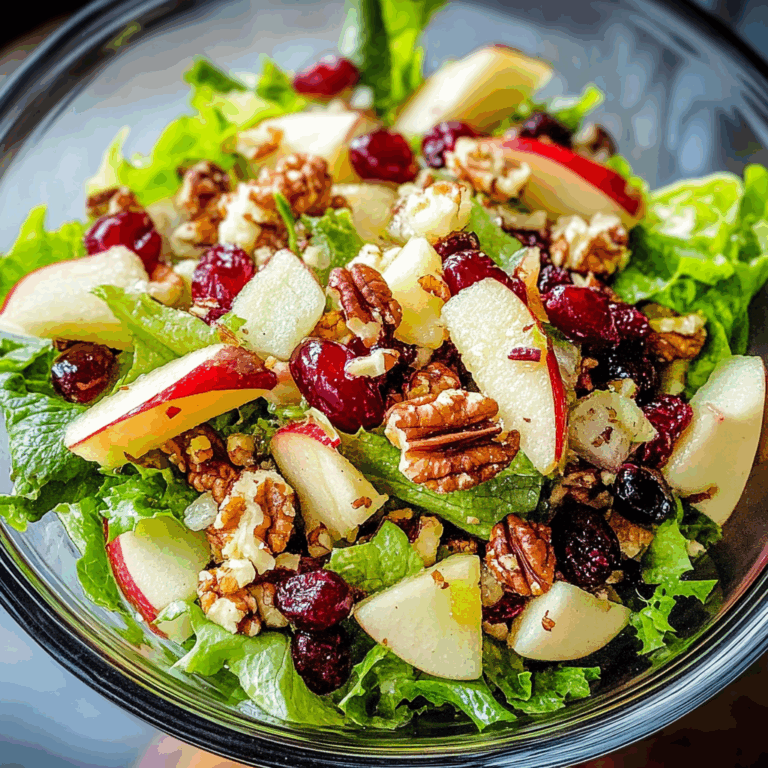Canned Tomato Juice: Your Versatile Pantry Staple
Canned tomato juice is a pantry staple that often gets overlooked, but it’s a versatile ingredient that can transform a variety of dishes and drinks. Whether you’re whipping up a refreshing Bloody Mary, adding depth to a hearty soup, or looking for a quick way to boost the flavor of your favorite recipe, canned tomato juice is a secret weapon in the kitchen.
In this comprehensive guide, we’ll explore the many ways you can incorporate canned tomato juice into your culinary repertoire, from classic cocktails to flavorful dishes that will tantalize your taste buds.
❤️ Why You’ll Love This Ingredient ❓
Canned tomato juice is not only convenient and versatile, but it also packs a nutritional punch. This nutrient-dense beverage is an excellent source of vitamins A and C, as well as antioxidants like lycopene, which have been linked to a range of health benefits. Additionally, canned tomato juice is incredibly affordable and has a long shelf life, making it a must-have in any well-stocked pantry.
Beyond its health benefits, canned tomato juice offers a rich, savory flavor that can elevate a wide variety of dishes. From tangy marinades and vibrant sauces to hearty soups and comforting casseroles, this humble ingredient can add depth and complexity to your culinary creations. And let’s not forget its starring role in classic cocktails like the Bloody Mary, where it shines as the perfect balance of acidity, spice, and umami.
🛒 What You Need to Prepare Canned Tomato Juice Recipes ❓
• Additional ingredients (depending on recipe)
The beauty of canned tomato juice is that it’s a pantry staple that’s readily available and affordable. With just a few simple ingredients, you can transform this versatile ingredient into a wide range of delicious dishes and beverages.
📝 How to Use Canned Tomato Juice Step-by-Step ❓
• Step 2: Mix up classic cocktails like Bloody Marys or use it as a mixer for non-alcoholic beverages.
• Step 3: Experiment with different flavor combinations by adding herbs, spices, or other ingredients to the canned tomato juice.
• Step 4: Freeze leftover canned tomato juice in ice cube trays for easy access to pre-portioned servings for future use.
⏱️ Timing Overview
• Cooking time: Varies by recipe
• Total time: Varies by recipe
Compared to traditional recipes that require simmering whole tomatoes or working with fresh juice, canned tomato juice saves you time and effort while delivering similar flavors.
👩🏻⚕️ Nutritional Information
Per serving (based on 1 cup):
• Protein: 2g
• Carbohydrates: 9g
• Fat: 0g
• Fiber: 2g
• Sodium: 878mg
These canned tomato juice-based recipes provide approximately 20% of your daily vitamin C requirements and 15% of your daily vitamin A needs, making them not just delicious but nutritionally valuable as well.
🔄 Healthier Alternatives for the Recipe
• Lower-sugar version: Mix canned tomato juice with water or unsweetened vegetable juice to reduce the natural sugar content.
• Organic or BPA-free cans: Choose canned tomato juice that is organic or packaged in BPA-free cans for a healthier option.
• Added nutrients: Blend canned tomato juice with fresh or frozen vegetables to boost the nutritional value of your dishes.
• Spice it up: Add your favorite herbs and spices to canned tomato juice for an extra flavor boost without extra calories or sugar.
These modifications can enhance the nutritional profile of your canned tomato juice-based recipes without compromising the fundamental flavor profile.
🍽️ Serving Suggestions
• Use canned tomato juice as a marinade for grilled or roasted meats, fish, or vegetables.
• Mix canned tomato juice with seltzer water and a squeeze of lime for a refreshing, low-calorie mocktail.
• Create a delicious and nutritious smoothie by blending canned tomato juice with frozen fruit and Greek yogurt.
• For a festive brunch, mix up a batch of classic Bloody Marys using canned tomato juice as the base.
❌ Common Mistakes to Avoid
• Overseasoning: Be mindful of the salt content in canned tomato juice and adjust the seasoning accordingly to avoid making your dish too salty.
• Forgetting to adjust consistency: Depending on the recipe, you may need to thin out canned tomato juice with water or stock to achieve the desired texture.
🧊 Storing Tips for the Recipe
These canned tomato juice-based recipes retain their quality remarkably well:
• Freezing unbaked: Freeze canned tomato juice-based sauces, soups, or marinades in an airtight container for up to 3 months. Thaw in the refrigerator before using.
• Freezing baked: Allow canned tomato juice-based dishes to cool completely, then wrap tightly and freeze for up to 2 months. Reheat in the oven or microwave until heated through.
• Reheating: When reheating canned tomato juice-based recipes, do so gently over low heat to prevent the flavors from becoming overly concentrated or the texture from becoming too thick.
❓ FAQs
Can I make this recipe ahead of time?
Absolutely! Canned tomato juice-based recipes often taste even better after the flavors have had a chance to meld. You can make the recipe in advance and store it in the refrigerator for up to 5 days or in the freezer for up to 3 months.
Can I substitute fresh tomatoes for the canned tomato juice?
While you can certainly use fresh tomatoes in place of canned tomato juice, the flavor and consistency of the final dish may be slightly different. Canned tomato juice has a more concentrated, robust flavor that can be difficult to replicate with fresh tomatoes alone. If you do choose to use fresh tomatoes, you may need to simmer them for longer to achieve a similar texture and flavor profile.
Are there any dietary restrictions to consider with canned tomato juice?
Canned tomato juice is generally safe for most dietary restrictions, but it’s important to check the label for any added sugars, sodium, or other ingredients that may be problematic for your specific needs. For those on a low-sodium diet, look for no-salt-added or low-sodium varieties. Individuals following a low-FODMAP diet may also need to limit their intake of canned tomato juice due to its high fructose content.
What are some common issues with using canned tomato juice?
One of the most common issues with using canned tomato juice is the potential for it to become overly concentrated or thick when used in certain recipes. To prevent this, be sure to adjust the consistency by adding water or broth as needed. Additionally, be mindful of the salt content, as canned tomato juice can be high in sodium. Taste and adjust the seasoning accordingly to avoid making your dish too salty.
Can I add other ingredients to the canned tomato juice?
Absolutely! Canned tomato juice is an excellent canvas for a wide range of flavors. Try adding fresh herbs, spices, garlic, onions, or even a splash of vinegar or Worcestershire sauce to create custom blends that suit your taste preferences. You can also experiment with mixing canned tomato juice with other juices, such as carrot or celery, to create unique flavor combinations.
Conclusion
Canned tomato juice is a versatile and underrated ingredient that deserves a spot in every home cook’s pantry. From classic cocktails to comforting soups and sauces, this nutrient-dense beverage can elevate a wide range of dishes with its bold, savory flavor. Whether you’re looking to save time in the kitchen or add a new dimension to your culinary creations, canned tomato juice is a valuable ally that will help you whip up delicious, satisfying meals with ease.
So don’t let this pantry staple collect dust – embrace the power of canned tomato juice and unlock a world of culinary possibilities. With a little creativity and a well-stocked pantry, you’ll be on your way to crafting flavorful, nutritious dishes that will have your family and friends raving.







